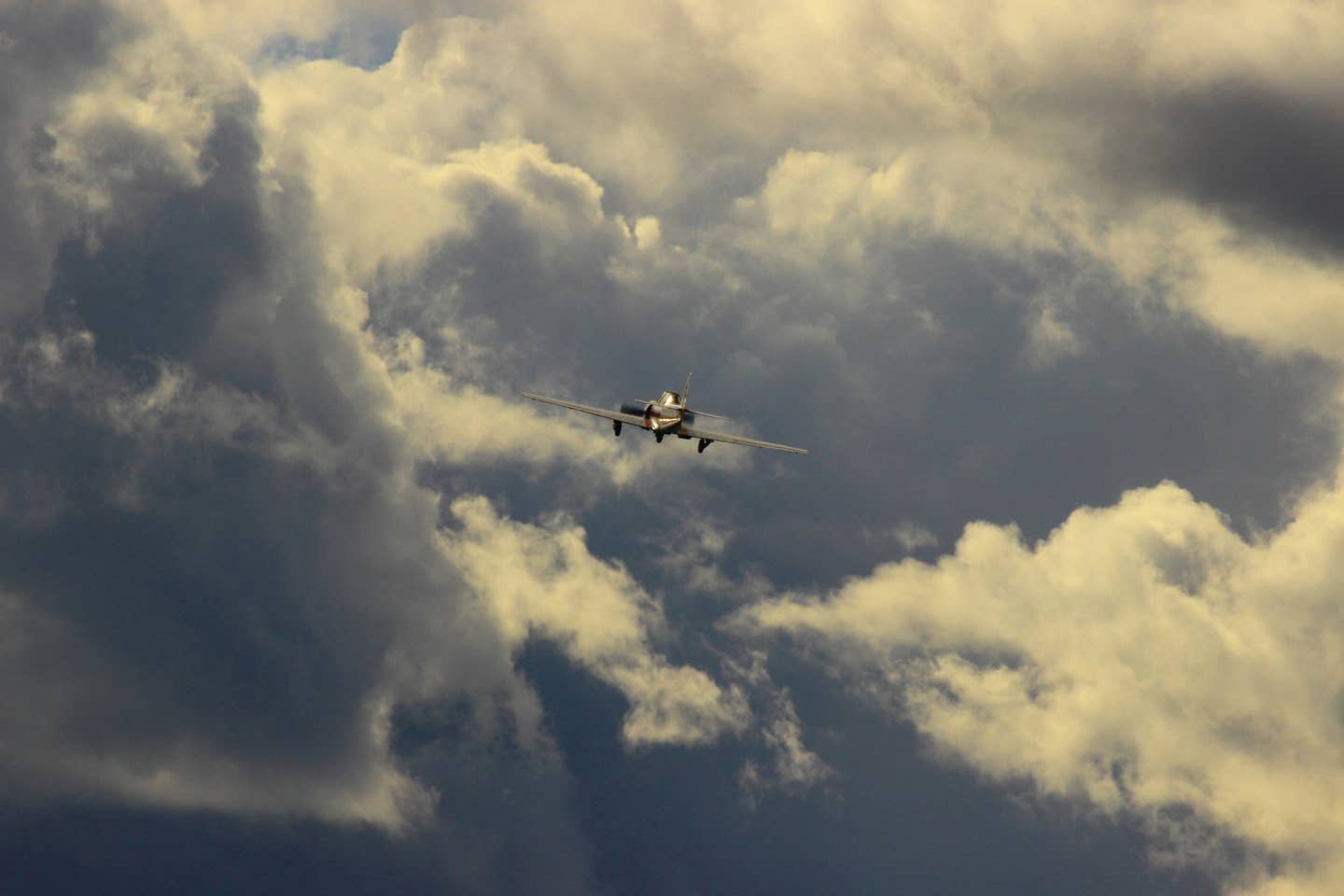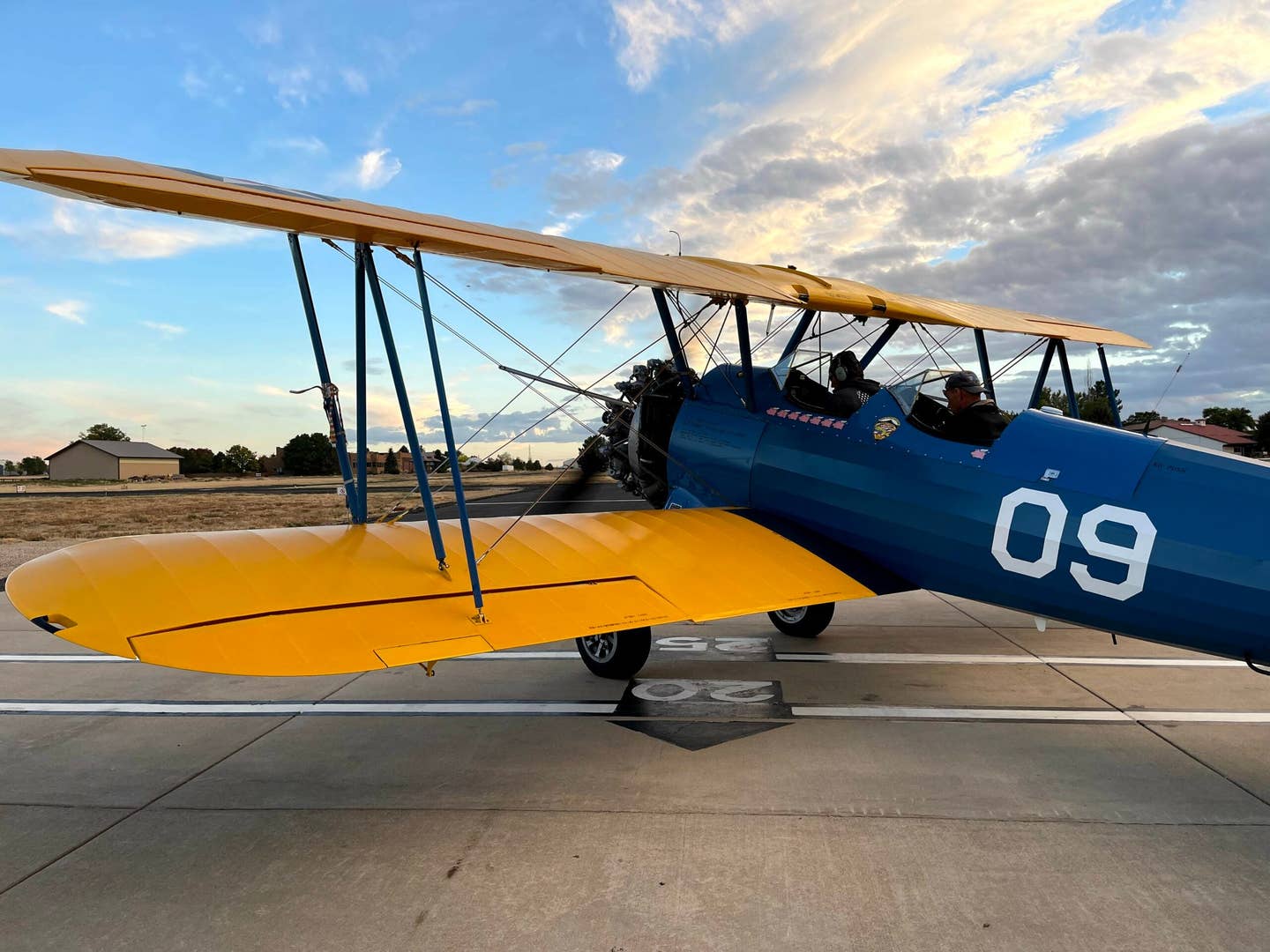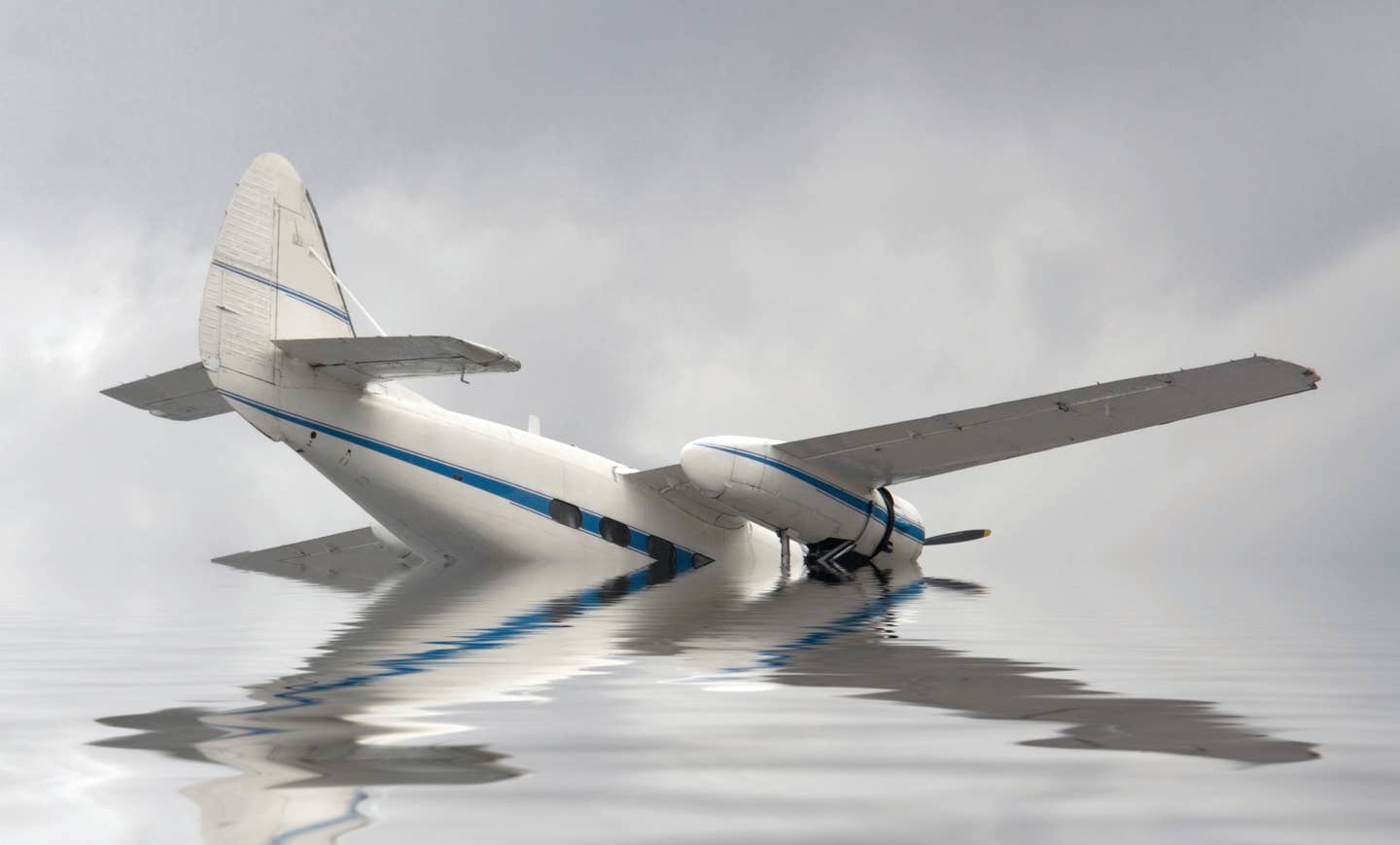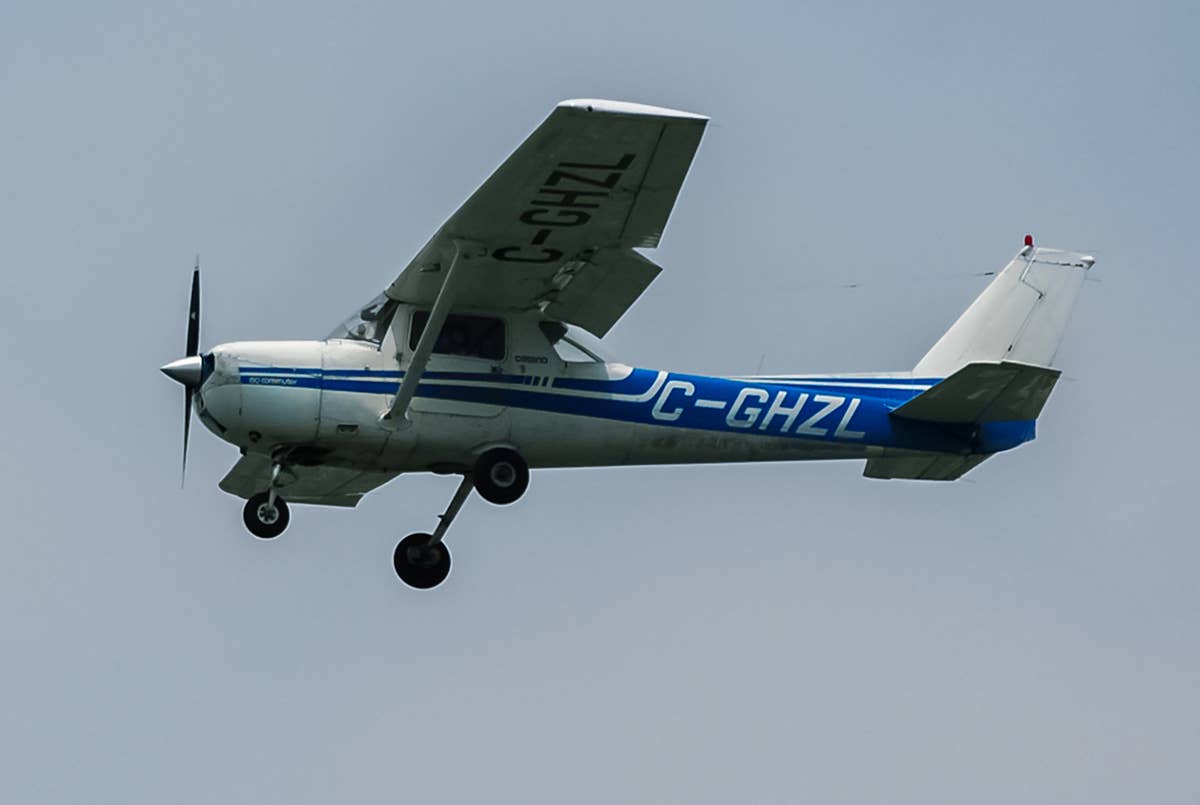Practice Crosswind Landings Whenever You Can
Since most airports are designed with runways aligned into prevailing winds, many pilots don’t get much work with crosswind takeoffs and landings.
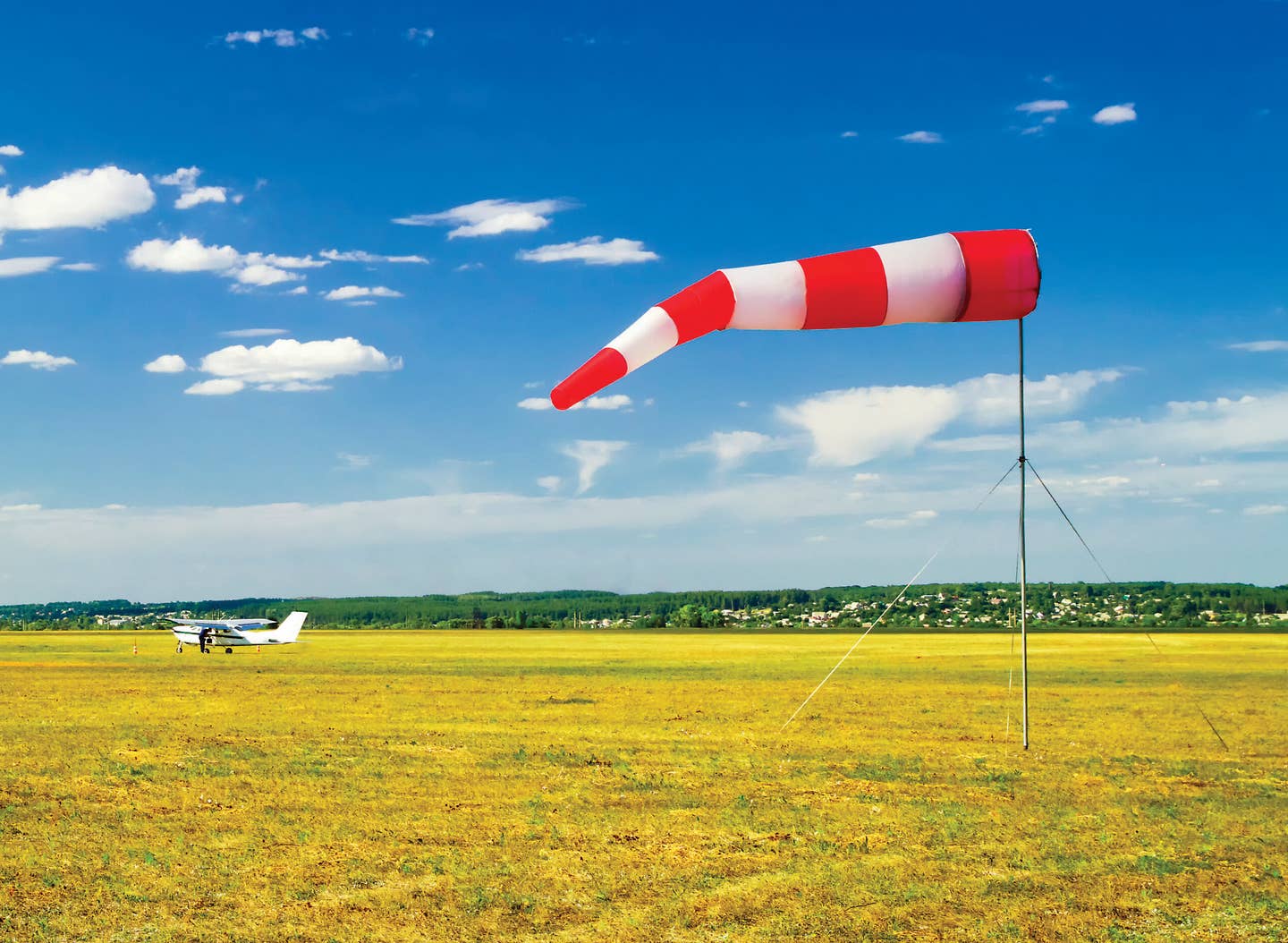
In FAA Advisory Circular 150/5300-13, it is noted that ‘generally, the smaller the airplane, the more it is
affected by wind, particularly crosswind components. Crosswinds are often a contributing factor in small airplane
accidents.’ [Adobe Stock]
“How are your crosswind landings?”
“We’re about to find out.”
Have you ever had this conversation in the aircraft? It often occurs when you listen to the one-minute weather or ATIS and learn the winds are blowing at an angle to the runway rather than parallel to the direction of landing. As a result, there is the increased potential for drifting off the centerline—unless the pilot is prepared to take prompt and corrective action. As we go into the winter months, winds tend to kick up across the U.S., making it more likely for you to encounter a crosswind.
If you're not already a subscriber, what are you waiting for? Subscribe today to get the issue as soon as it is released in either Print or Digital formats.
Subscribe NowSince most airports are designed with runways aligned into prevailing winds, many pilots don’t get much practice with crosswind takeoffs and landings—and it shows. A search of accident and incident reports compiled by the National Transportation Safety Board shows pages upon pages of landing accidents and incidents where a crosswind got the better of a pilot.
In FAA Advisory Circular 150/5300-13, it is noted that “generally, the smaller the airplane, the more it is affected by wind, particularly crosswind components. Crosswinds are often a contributing factor in small airplane accidents.” The FAA has devoted several pages in the Airplane Flying Handbook and the Pilot’s Handbook of Aeronautical Knowledge to giving pilots tools for landing in crosswinds.
Determining the Crosswind Component
Many POHs also have a performance chart that allows the pilot to determine the crosswind and headwind component.
The first step is to determine what direction the wind is coming from and note the velocity. Next, select the runway that gives you the smallest angle between the wind direction and the runway. For example, if the wind is reported as 300 at 15 knots and the runway options are 34/16, 34, (Runway 340) the angle difference is 40 degrees. If you select Runway 16, there’s a 140-degree angle.
Make It Visual
This is where the mechanical E6B flight computer shines. Look at the wind side of the unit, placing the runway heading under the True Index—300 is to the left. Using Runway 34 will mean a wind from the left side of the nose.
Now put 160 under the True Index—300 is now a tailwind from the right. Taking off and landing with a quartering tailwind is dangerous and should be avoided.
Demonstrated Crosswind Component
Before an airplane is type certificated by the FAA, it is flight-tested to ensure it meets certain requirements. Among these is the demonstration of being satisfactorily controllable with no exceptional degree of skill or alertness on the part of the pilot in 90-degree crosswinds up to a velocity equal to 0.2 VSO. This means a wind speed of two-tenths of the airplane’s stalling speed with power off and in landing configuration. Often this information is placarded in the aircraft.
According to the POH for the Cessna 172S, the crosswind component chart has fine print reading “maximum demonstrated crosswind velocity is 15 knots (not a limitation).” This means 15 knots was the maximum component the manufacturer tested to, so it does not necessarily mean operations with a great crosswind are particularly dangerous or difficult. It greatly depends on the type of airplane and the experience, skill, and proficiency of the pilot. However, in Chapter 9 of the Airplane Flying Handbook, the FAA offers the warning that “it is imperative that pilots determine the maximum crosswind component of each airplane they fly and avoid operations in wind conditions that exceed the capability of the airplane.”
Crosswind Technique
Both crosswind landings and takeoffs require the pilot to put aileron deflection into the wind to maintain directional control. As control effectiveness (especially ailerons) increases with a rise in airflow over the wings, landings tend to be more difficult, because control effectiveness is reduced as the aircraft slows down.
There are two methods for the crosswind approach and landing: the crab method and sideslip method.
In the crab method, the pilot aligns the airplane’s ground track with the centerline of the runway, with the nose of the aircraft pointed into the wind. The pilot makes small adjustments, maintaining the crab angle until just before touchdown. The pilot must use rudder control to align the longitudinal axis of the airplane with the runway centerline to avoid side loading the landing gear. Ideally, the pilot will straighten out the airplane just in time for the upwind wheel to touch down a moment before the downwind wheel. This takes practice to get right. If the pilot is too early or too late, side loading can occur. Too much side load and there can be gear damage and possibly a wingtip strike.
- READ MORE: Mastering Crosswind Landings
Using the sideslip method, the pilot first uses the rudder to align the airplane on runway heading then notes the amount of drift occurring as a result of the crosswind. The pilot then adjusts the bank angle, with some calling it “leaning into the wind” to keep the airplane’s longitudinal access and ground track aligned with the runway centerline.
You need to hold that alignment through final approach, roundout, touchdown, and rollout, remembering that as the aircraft’s speed diminishes, so does flight control effectiveness. If you’re struggling, running out of rudder on final, it’s probably only going to get worse. The prudent thing to do is go around.
The roundout is made like a normal landing approach, but the application of a crosswind correction is continued as necessary to prevent drifting.
Some pilots use a combination of the two methods, using the slip into the wind and opposite rudder to keep the aircraft from turning into the wind. If there is not enough rudder to compensate for the strong turning tendency caused by the steep bank, the wind is likely too strong for a safe landing on that particular runway with those wind conditions. This is the time to find an alternate runway.
Weathervaning, when the aircraft makes an uncommanded turn into the wind, is possible with strong crosswinds, especially in a tailwheel aircraft because of greater side area behind the main landing gear, which acts as a pivot point. The greater the crosswind component, the more difficult it is to prevent weathervaning.
Challenge to Find Crosswind Runways
Our aviation infrastructure is designed to mitigate crosswinds, as you will note runway orientation is usually into the prevailing winds. You show me an area with runways aligned 17/35, 18/36, or 1/19, and I’ll show you an area where the winds blow north-south. You may be lucky and fly out of an airport that was built in the 1940s when the runways were arranged in a triangle shape to accommodate the propeller-driven airplanes.
No matter how strong the winds, one of those runways had to work. Over the decades, most of these airports lost one if not two of the runways because the FAA determined they were not being used frequently, and the agency or airport sponsor did not want to pay for their upkeep. Some were turned into ramp space or taxiways—ensuring good crosswind technique is required.
This column first appeared in the November 2023/Issue 943 of FLYING’s print edition.

Subscribe to Our Newsletter
Get the latest FLYING stories delivered directly to your inbox


